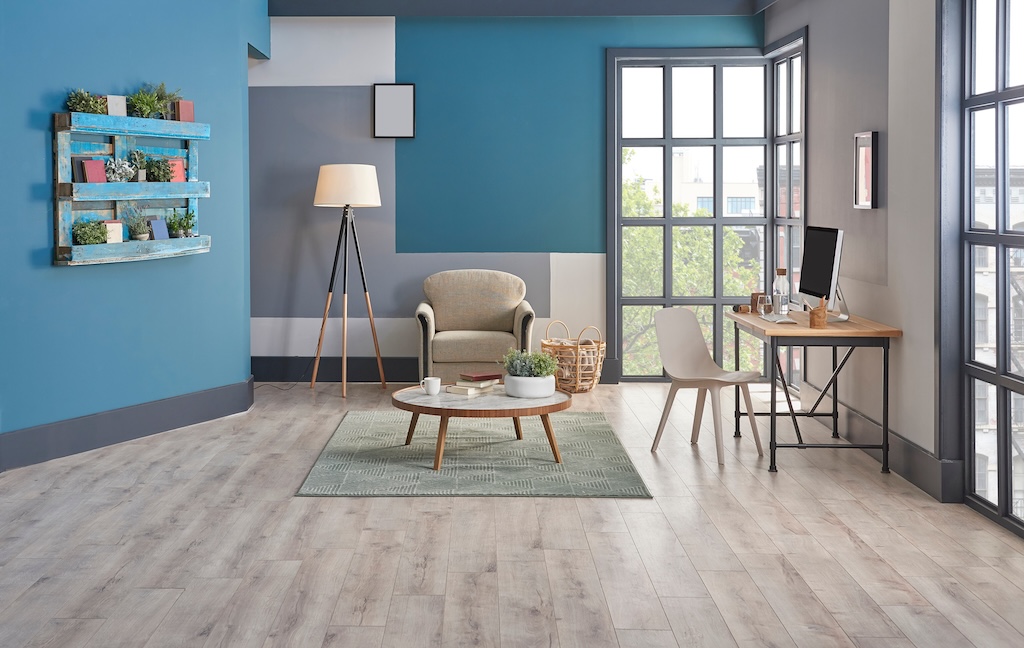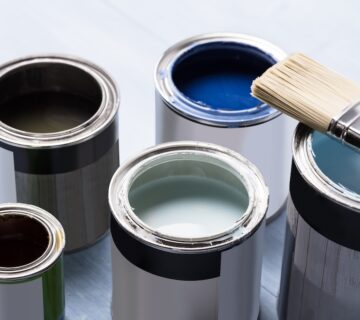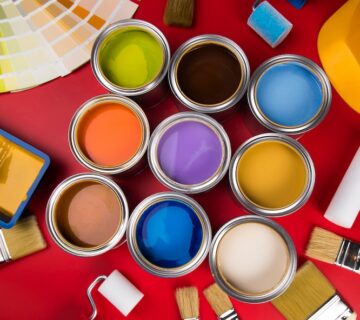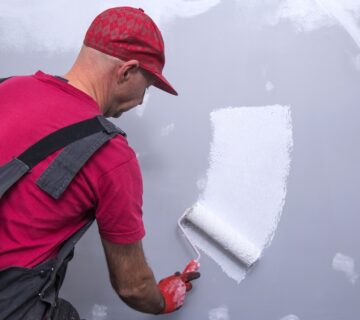Color plays a pivotal role in the ever-evolving world of interior design, setting the tone and mood of any space. Over time, color trends in interior design have shifted significantly, mirroring the collective mindset and aesthetic preferences of each era. In this blog, we dive into the latest color trends shaping today’s interior design, providing inspiration for your next home makeover. By staying informed about these trends, you can create a home environment that is both contemporary and deeply personal.
Embracing Nature-Inspired Hues
Biophilic Design Influence
One of the most prominent trends is the shift towards nature-inspired hues, largely influenced by the biophilic design movement. This approach seeks to connect interior spaces with the natural world, promoting tranquility and wellbeing. Earthy tones like olive green, terracotta, sandy beige, and ocean blue are increasingly popular, bringing a piece of the outside world into our homes. By integrating these colors, we can create spaces that feel more organic and harmonious with nature.
The Appeal of Organic Colors
Organic colors have a timeless appeal. They easily blend with various design elements. They also offer versatility, whether you’re aiming for a minimalist, modern look or a more bohemian, eclectic style. Organic hues can be calming and are thought to promote a connection to the environment, reinforcing the idea that our homes are sanctuaries. Moreover, they pair well with natural materials like wood and stone, enhancing their earthy quality.
Bold and Saturated Colors
Making a Statement
Gone are the days when neutral tones were the safe and predominant choice. Now, there’s a growing appetite for bold and saturated colors. Think deep blues, rich burgundies, and vibrant yellows. These colors are not just limited to accent walls but are often used as the primary color in living spaces, dining rooms, and even kitchens. Such daring choices embody confidence and vitality, offering visually stunning and emotionally stimulating environments.
The Psychological Impact
Bold colors have a psychological aspect, too. They can energize a space, inspire creativity, or offer a sense of coziness and security. These colors can influence our mood and behavior, making the color selection process not just an aesthetic decision but also a psychological one. It’s important to consider the emotional tone that these colors set in a room, as they can be both invigorating and overwhelming if not balanced correctly.
Soft Pastels and Muted Tones
Subtle Elegance
On the other end of the spectrum, soft pastels and muted tones are also making a mark in the interior design scene. Colors like pale pink, soft lilac, and mint green are often used to create serene and calming environments. These subtle shades provide a soothing visual respite. They counterbalance the intensity of bolder colors. They’re especially suitable for bedrooms and bathrooms where tranquility is desired.
Versatility in Design
Soft pastels and muted tones are particularly effective in smaller spaces or rooms that get plenty of natural light, as they can make the area feel more open and airy. These colors can also serve as a neutral backdrop, allowing for more expressive décor elements to take center stage. They have the ability to soften the overall aesthetic and can be paired with a variety of textures and patterns to create depth and interest.
Dark and Moody Palettes
The Dramatic Flair
Another emerging trend is the use of dark and moody color palettes. This includes shades like charcoal, deep navy, and forest green. When used effectively, these colors can add a dramatic and sophisticated flair to a space. These darker tones are used to create depth and contrast. They are ideal for larger rooms or those with high ceilings.
Creating Depth and Contrast
Darker tones are often used to create depth and contrast, especially in larger rooms or rooms with high ceilings. They also serve as excellent backdrops for artwork and furniture, making them pop. Dark colors can be used to draw the eye and highlight architectural features or create an intimate atmosphere in a space that might otherwise feel too open. They’re perfect for creating focal points and adding visual weight to specific areas of a room.
Textured Finishes
It’s not just about the color itself, but also the finish. Textured finishes are gaining popularity, adding an extra dimension to the walls. Techniques like lime washing or the application of textured wallpapers give walls a tactile quality that can’t be achieved with just flat paint. Such finishes add character and depth to the walls, making them a key element in the overall design and not just a background.
Final Thoughts
The current trends in interior painting are all about expressing individuality and creating spaces that resonate on a personal level. Whether it’s the calming embrace of nature-inspired hues, the bold statement of saturated colors, the subtle elegance of pastels, or the dramatic allure of dark tones, each has its own appeal. There’s a wide spectrum of design possibilities to explore. These trends offer a canvas for homeowners to express their personalities and create spaces that are not just visually appealing but also emotionally resonant. For more insights into color trends and interior design, visit our website at sisupainting.com and check out our blog at sisupainting.com/blog.





No comment